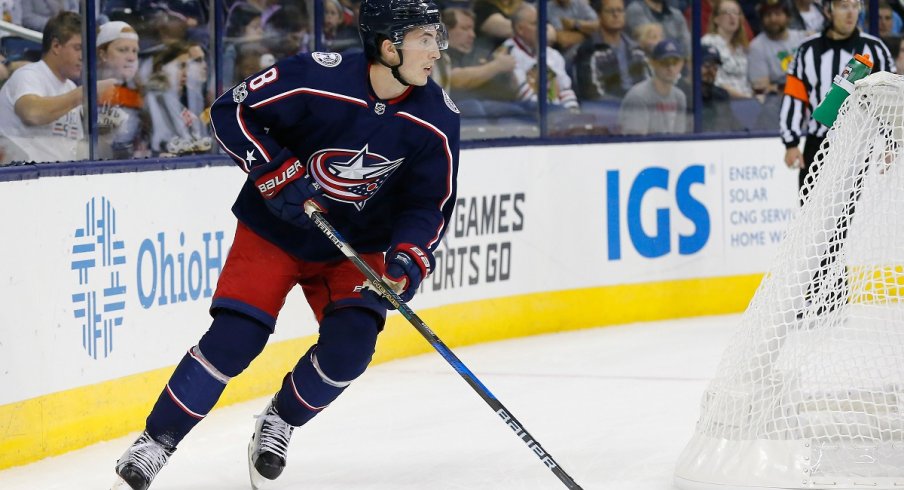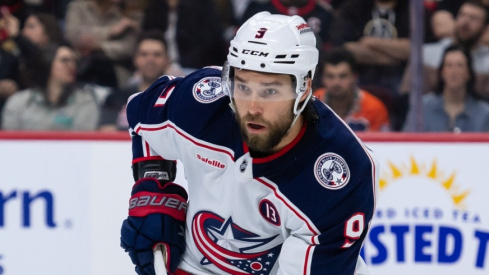Of the many adages that head coach John Tortorella uses, perhaps none is more prevalent than "safe is death."
This can mean several things, but for his defensemen, it emphasizes a mindset to jump into the play, to help create and sustain offensive zone time. It means providing a spark to the offense and not settling for a stay-at-home game that was all too common a generation ago.
The additions of Zach Werenski and Seth Jones naturally advanced this philosophy. Both are offensive-gifted defensemen with a mindset that gels well with today's NHL; Werenski, especially, has a chance to become one of the top defensemen in the NHL. Jack Johnson has never been afraid to hop into the offense, sometimes to his detriment.
David Savard, considered by many to be a defensive specialist in today's game, was an offensive dynamo in his younger days. Savard became the first defenseman in Quebec Major Junior Hockey League (QMJHL) history to lead the league in assists, when he posted 64 assists in 64 games in the 2009-10 season.
Ryan Murray won't be confused for Erik Karlsson, but he's proven capable offensively when given an opportunity. He scored a goal on opening night that had to make Tortorella a happy man. Gabriel Carlsson is about as close as there is to a true stay-at-home defenseman, but while he hasn't scored yet in the NHL, he's shown more offensive game than expected.

The season is two games old but there are some promising signs from, as Tortorella likes to call it, the engine of this team.
- What's the Corsi For? All six Blue Jackets defensemen have a positive 5v5 Corsi For (CF%), meaning they've all been on the ice for more shot attempts for (as a team) than against. David Savard leads the way at 57.97, followed by Werenski at 54.24. Jack Johnson brings up the rear at 51.56 CF%.
- He Shoots and Scores: Of their six goals scored in two games, two have come from Blue Jackets defensemen. Ryan Murray's goal embodied the "safe is death" mantra, as he found open space in a position that defensemen rarely frequent in the offensive zone.
- Shots on Shots: The game against Chicago was a dud, and nobody is arguing that. Still, Werenski had six shots on goal, tied with Patrick Kane for most in the game. Carlsson finished tied for third (with Brandon Saad) with five of his own, demonstrating that he may be on his way to his first career NHL goal.
- Powering the Engine: Through two games, Werenski leads all Blue Jackets with eight shots on goal. Savard is tied with Cam Atkinson with seven, and Jones, Carlsson, and Oliver Bjorkstrand are next with five each.
- Balance is Key: The difference between the most time on ice (TOI) and the lowest is just over five minutes. Jones leads the way with an average of 22:12 through two games. Werenski is right behind him at 21:20. Johnson, Murray, and Savard each fall between 18:19-18:49, and Carlsson has played 16:55 per night, similar to his 2016-17 average (granted, it was three games) of 17:08. It's possible that this incredible balance is mainly due to both games being blow outs (for better or worse), but it's still fascinating that the TOI is so similar up and down the lineup.

Tortorella and his staff are clearly getting the message to their defensemen. Production from the back end is less a luxury and more a necessity than it once was, and it appears the Blue Jackets are in good shape. If the defensive corps can continue to join the play and shoot the puck at this pace, it bodes well for their long-term success.
Follow 1st Ohio BatteryFacebook, Twitter, Instagram and YouTube

